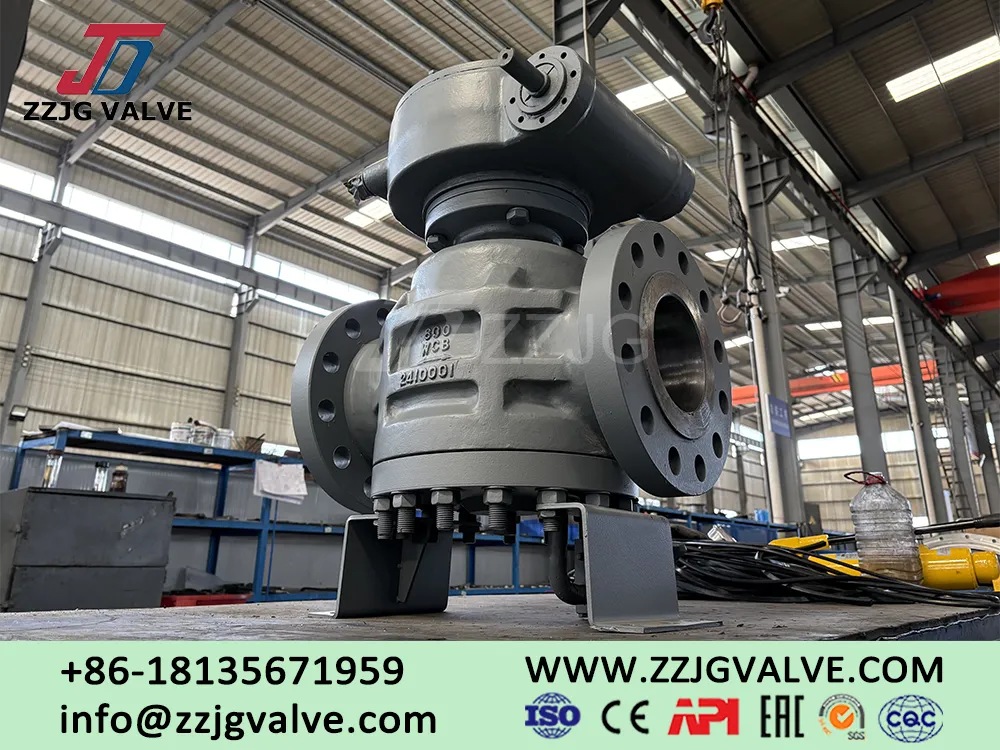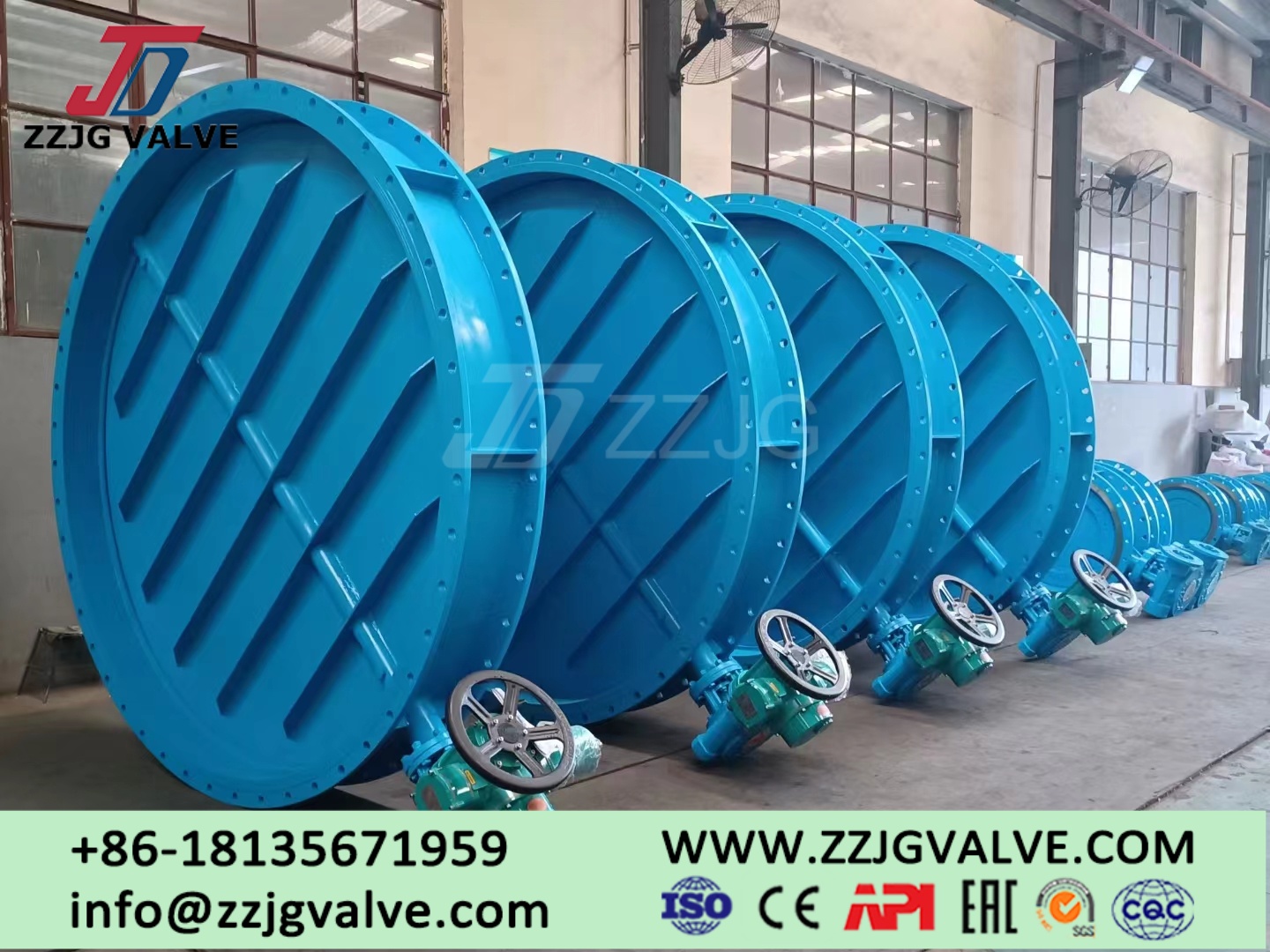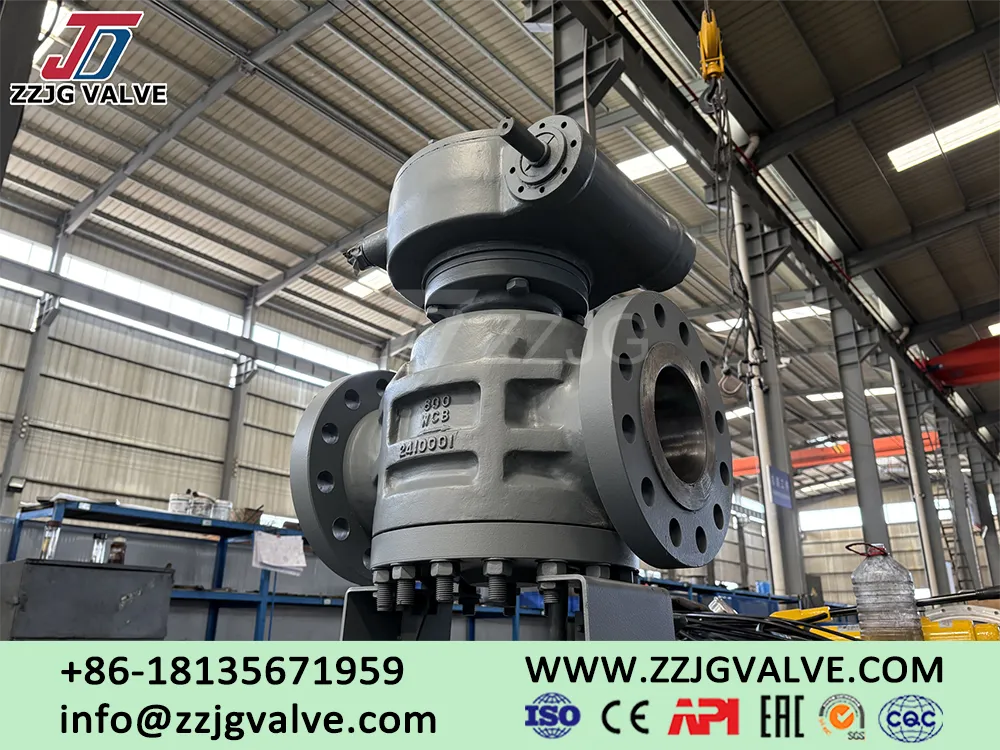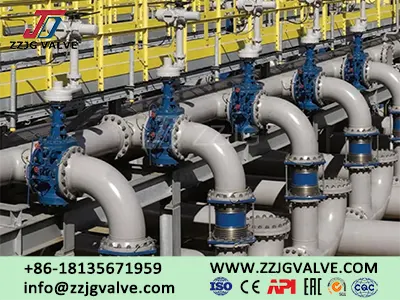Industrial Butterfly Valve Application
Butterfly valve is a common valve in the valve field. It has a simple structure, is easy to operate and maintain, and is widely used in various fluid pipeline systems. The butterfly valve is mainly composed of three parts: the valve body, the valve plate and the valve shaft.
Its working principle is to control the opening and closing state of the valve port by rotating the valve plate. The valve body is the main supporting structure of the butterfly valve, with a flow channel inside for conveying fluid. The valve shaft is the driving component of the butterfly valve, which controls the fluid flow by rotating the valve disc.
The main features of butterfly valves are as follows:
1. Simple structure: The structure of butterfly valves is relatively simple, mainly composed of three main components, which makes the manufacturing and maintenance costs of butterfly valves low.
2. Easy to operate: The driving components of butterfly valves generally use worm gear + reducer, which makes the rotation angle and speed of butterfly valves adjustable and easy to operate.
3. Easy to maintain: The butterfly valve has fewer components, which makes its maintenance relatively simple. When the valve fails, only the damaged parts need to be replaced.
4. Good sealing performance: The butterfly valve has good sealing performance and can effectively prevent fluid leakage.
5. High flow control accuracy: The butterfly valve can control the fluid flow by accurately controlling the rotation angle of the valve plate, and the flow control accuracy is high.
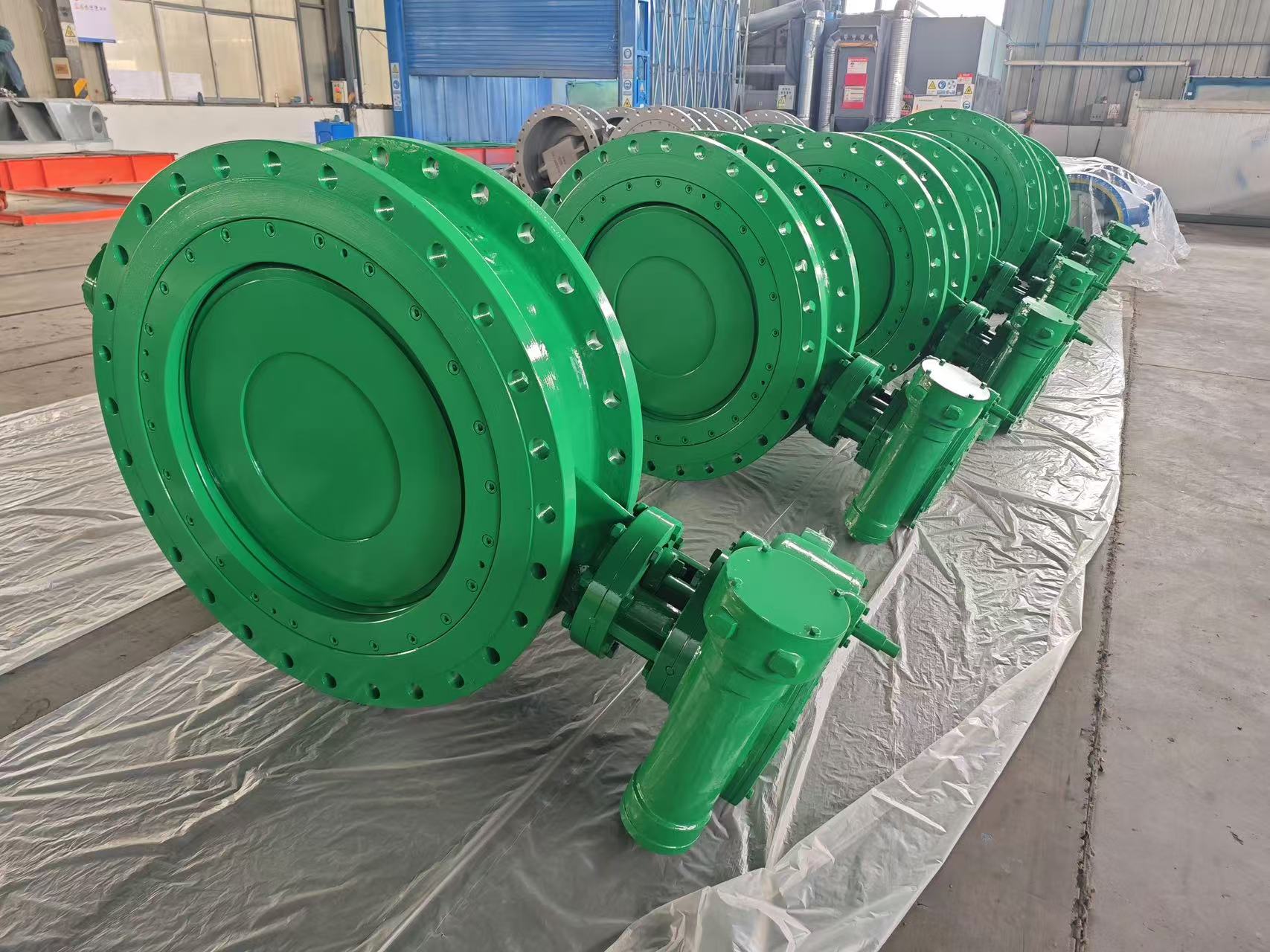
Application of butterfly valve
As a common valve, butterfly valve is widely used in various fluid pipeline systems. The following are some typical applications of butterfly valves:
1. Water treatment system: In the water treatment system, butterfly valves are widely used in water inlets and outlets to control water flow velocity and water flow.
2. Air conditioning system: In the air conditioning system, butterfly valves are used to control the switch state of hot and cold water pipes to adjust the indoor temperature
3. Chemical industry: In the chemical industry, butterfly valves are widely used in various chemical reactors, pipelines and storage tanks to control the flow and liquid level of chemical substances.
4. Power industry: In the power industry, butterfly valves are used to control the flow of steam and water, thereby controlling the speed and power output of the generator
5. Food industry: In the food industry, butterfly valves are used to control the fluid flow and pipeline switch state in the food processing process.
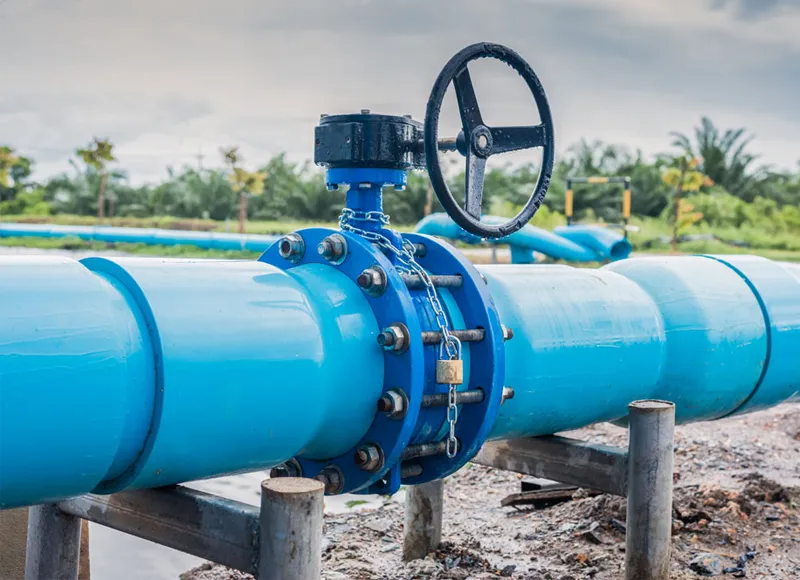
Development trend of butterfly valves
With the continuous advancement of science and technology and the improvement of industrial automation, the development trend of butterfly valves is also changing. The following are some future development trends of butterfly valves:
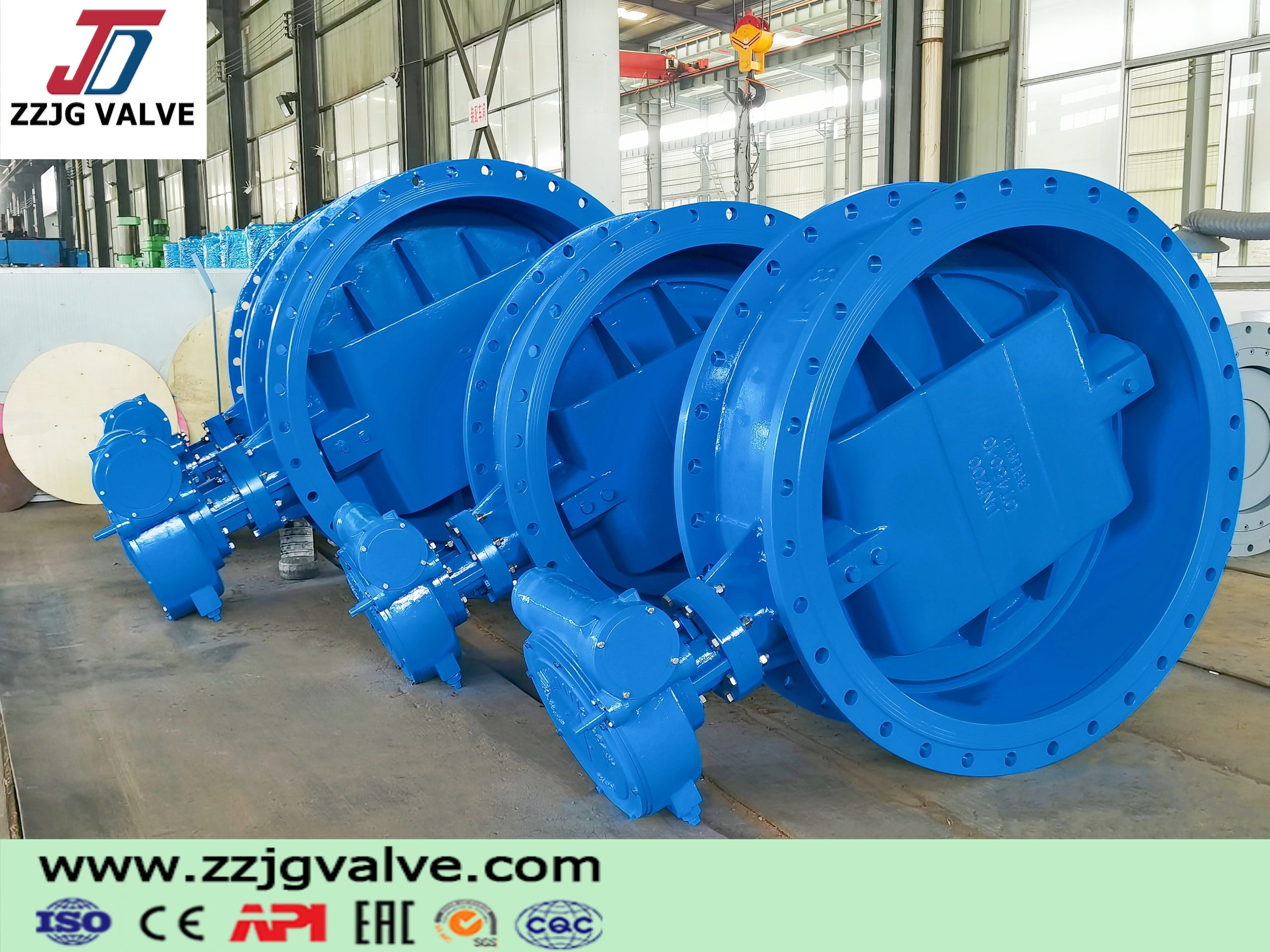
1. Intelligence: The butterfly valves of the future will be more intelligent and can be integrated with sensors, actuators and control systems to achieve automatic control and remote monitoring.
2. High performance: The butterfly valves of the future will have higher performance and longer service life, and can adapt to more severe working environments and fluid media with higher pressure, temperature and flow rate.
3. Environmental protection and energy saving: The butterfly valves of the future will pay more attention to environmental protection and energy saving, adopt more environmentally friendly materials and designs, and reduce energy consumption and emissions.
4. Versatility: The butterfly valves of the future will have more functions, such as check, adjustment, safety protection, etc., to meet the needs of different fields.
5. Reliability: The butterfly valves of the future will pay more attention to reliability, adopt more reliable materials and designs to ensure that the valves will not fail or be damaged during use.
If you have any questions about the butterfly valves, welcome to contact ZZJG VALVE.
Next: ZZJG Valve–Fluorine Lined Butterfly Valve

